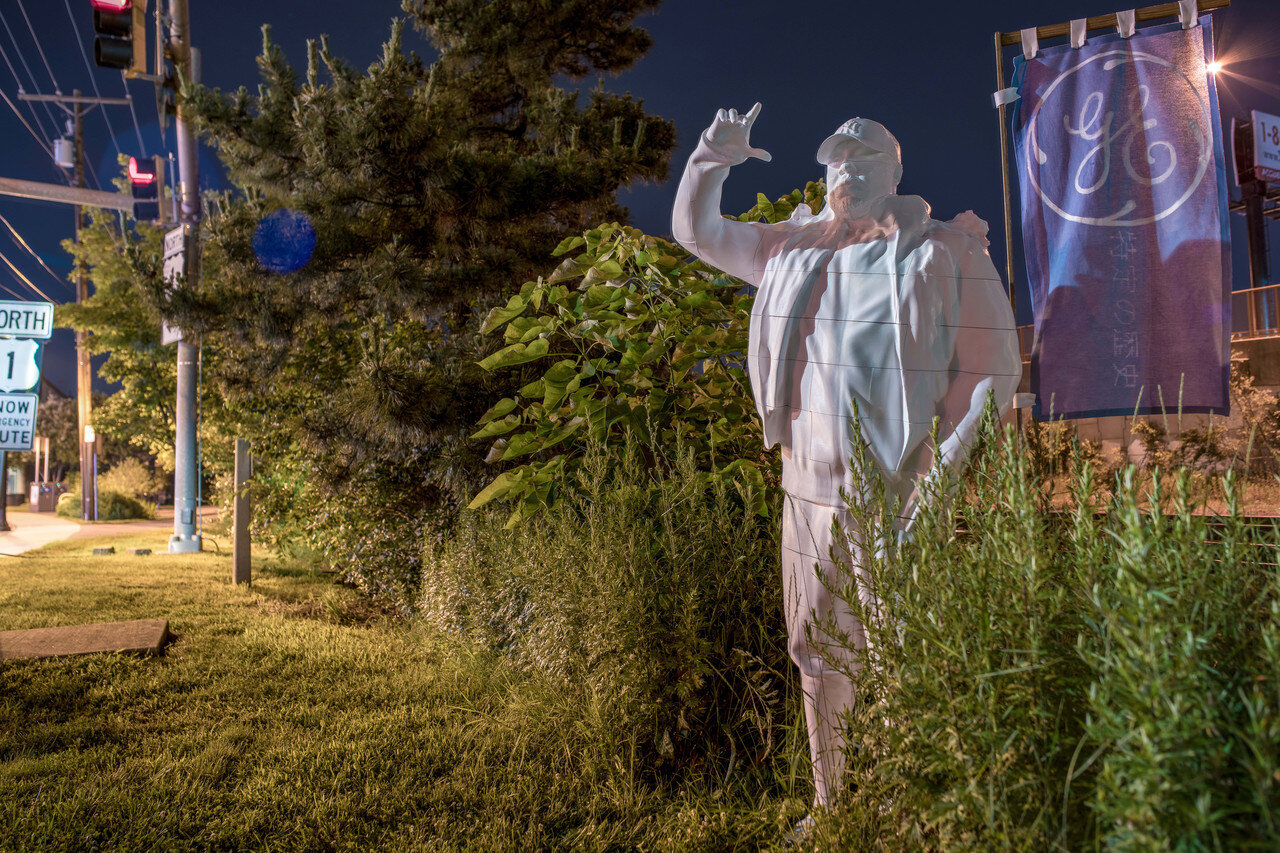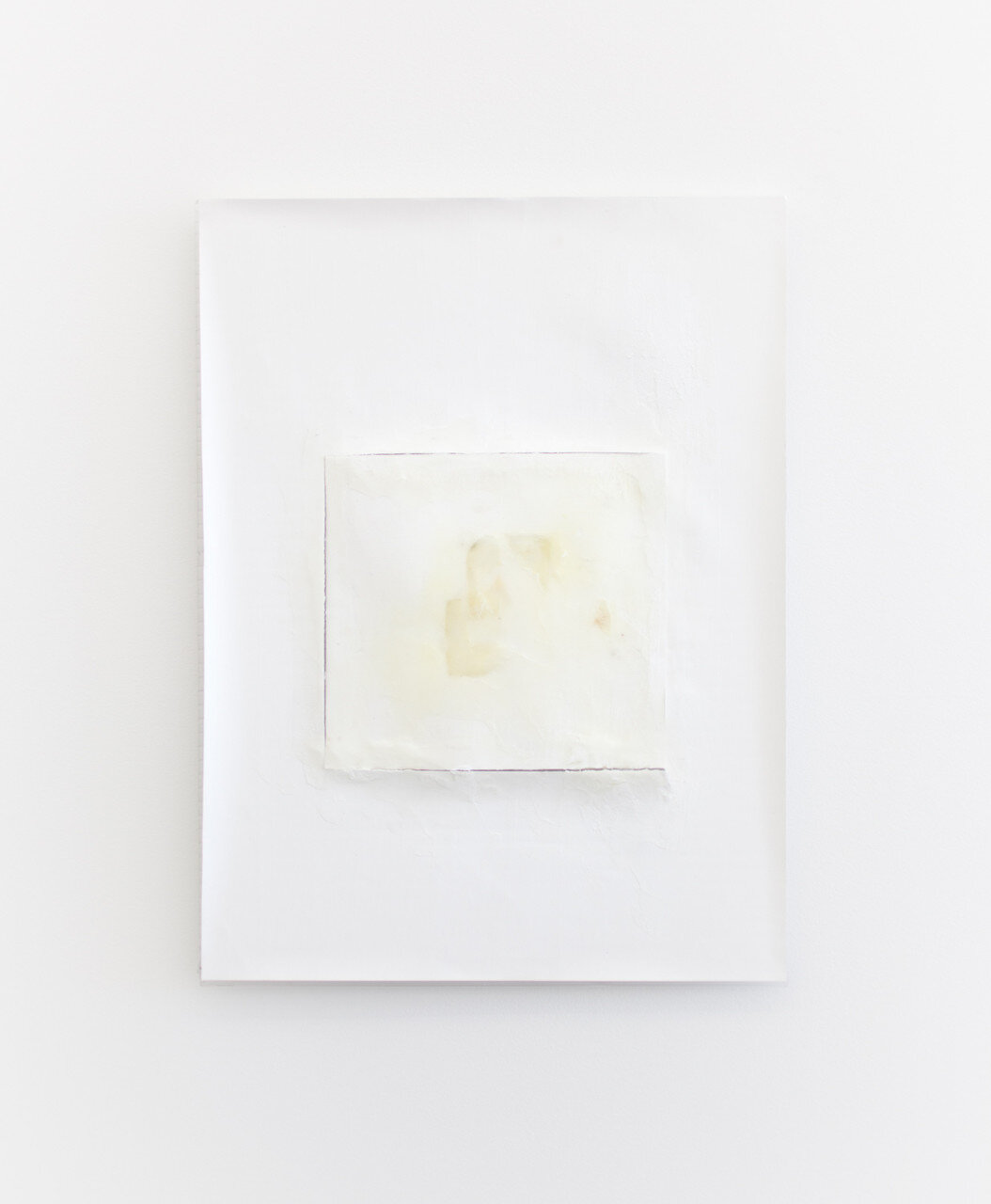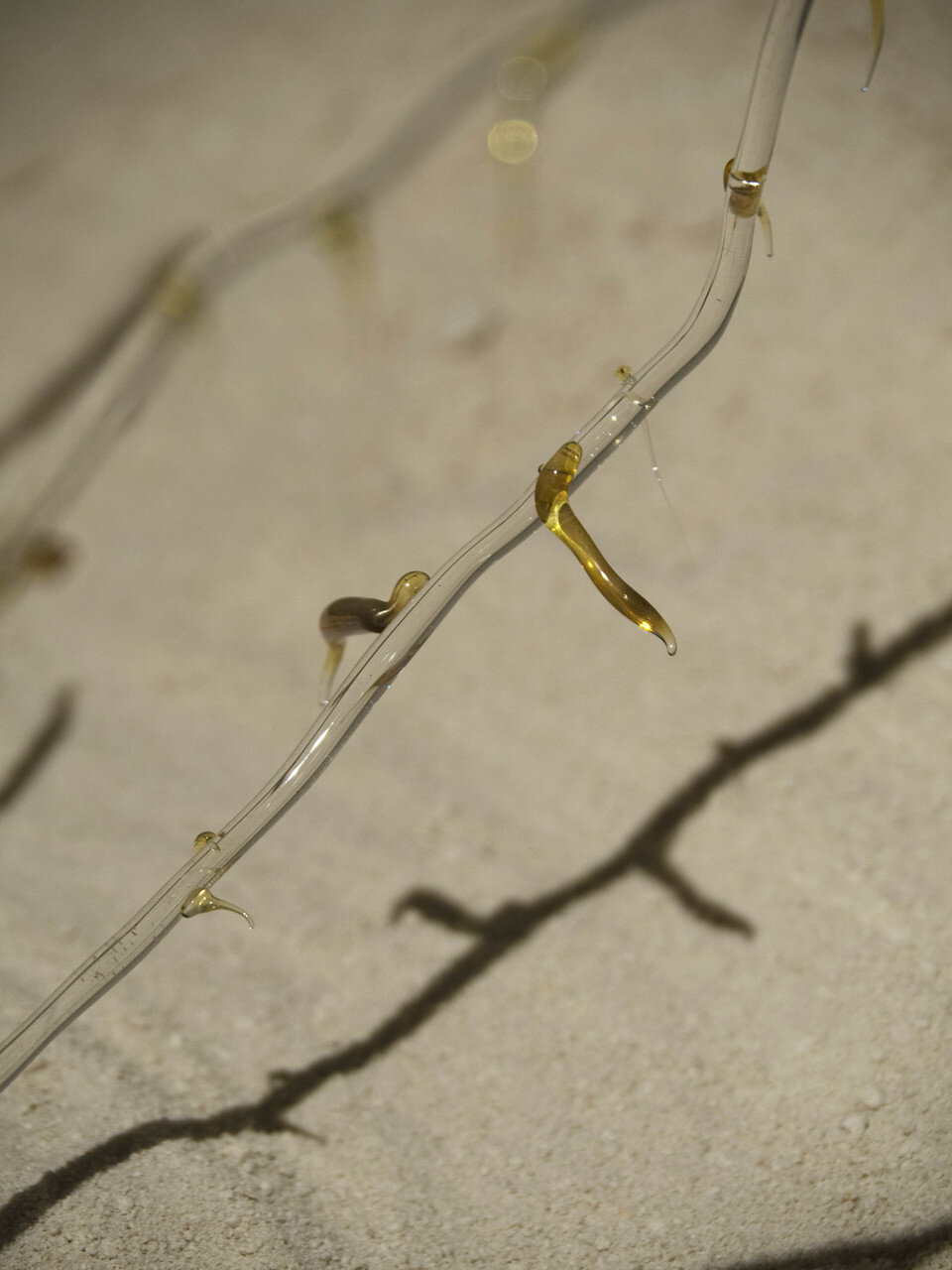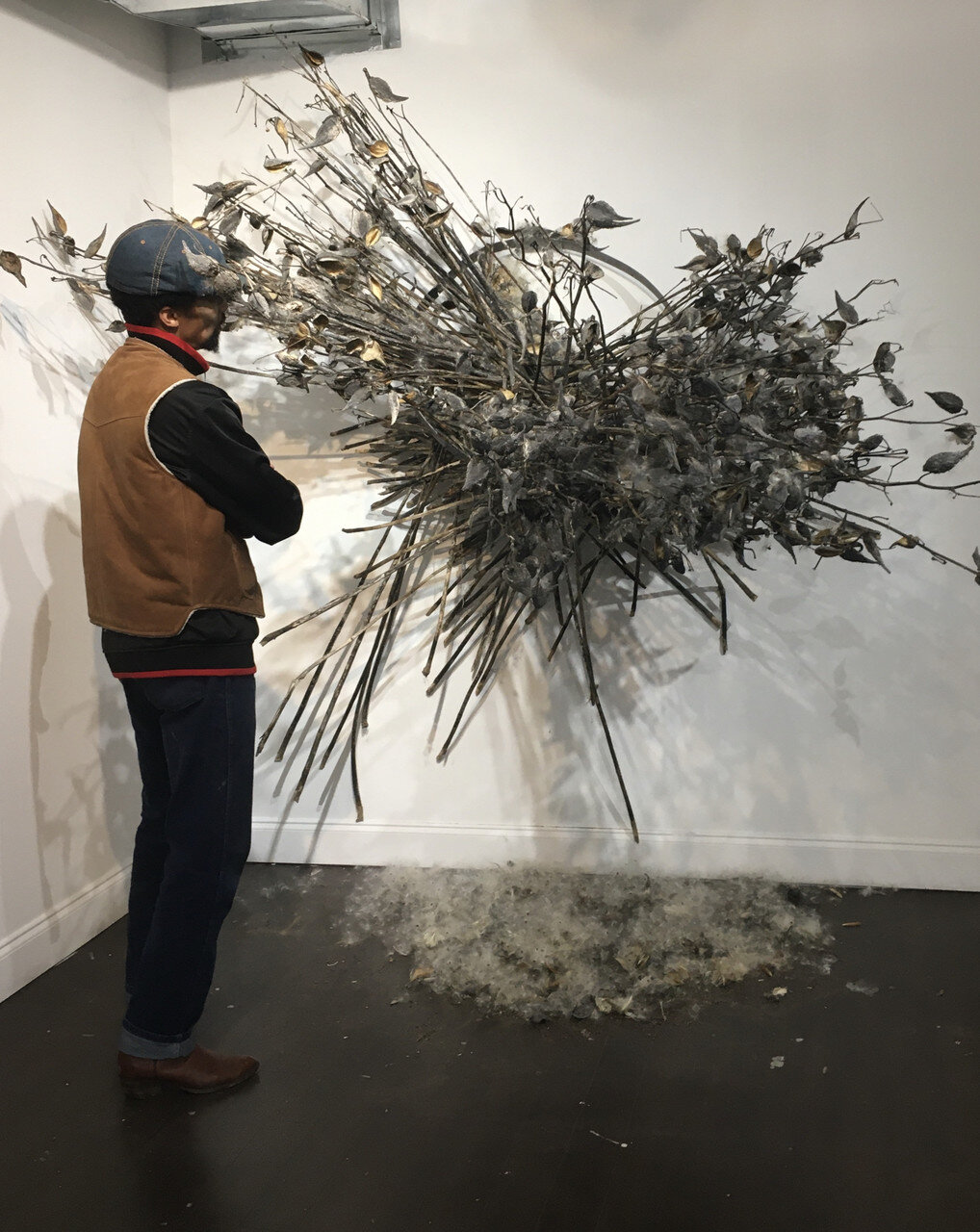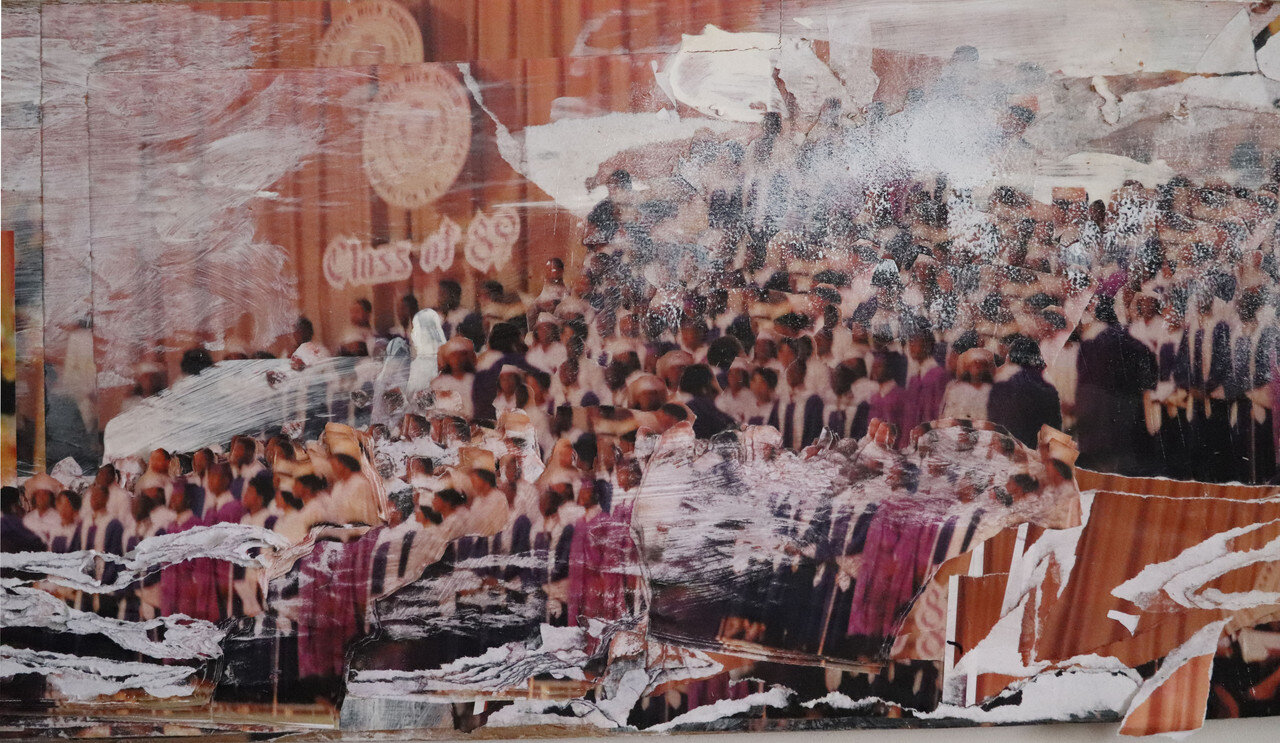María Luz Bravo (b. 1975, Mexico; lives and works in Washington, DC) is a Mexican photographer whose work highlights major social phenomena, focusing primarily on cities in conflict, political boundaries and community resilience and revolves around the use of space, both urban and architectural, in the contemporary urban landscape. She holds a Bachelor’s in Architecture from Universidad de las Américas in Puebla, Mexico and a Master of Arts in New Media Photojournalism from Corcoran School of the Arts and Design at George Washington University in Washington, DC. Her work has been exhibited and published internationally in the US, Mexico, and Europe. María Luz Bravo’s 2014 series Reclaims was selected to be part of the XVI Photography Biennale in Mexico.
Artist statement
My body of work revolves around the use of space, both urban and architectural in the contemporary urban landscape to highlight major social phenomena, focusing primarily on cities in conflict, political boundaries, and community resilience.
In Mexico, I have photographed the effects of violence in Ciudad Juarez and the political boundaries of México City. In the US I have documented urban decline, racial segregation, and socioeconomic contrasts mainly on the East Coast and the South.
























